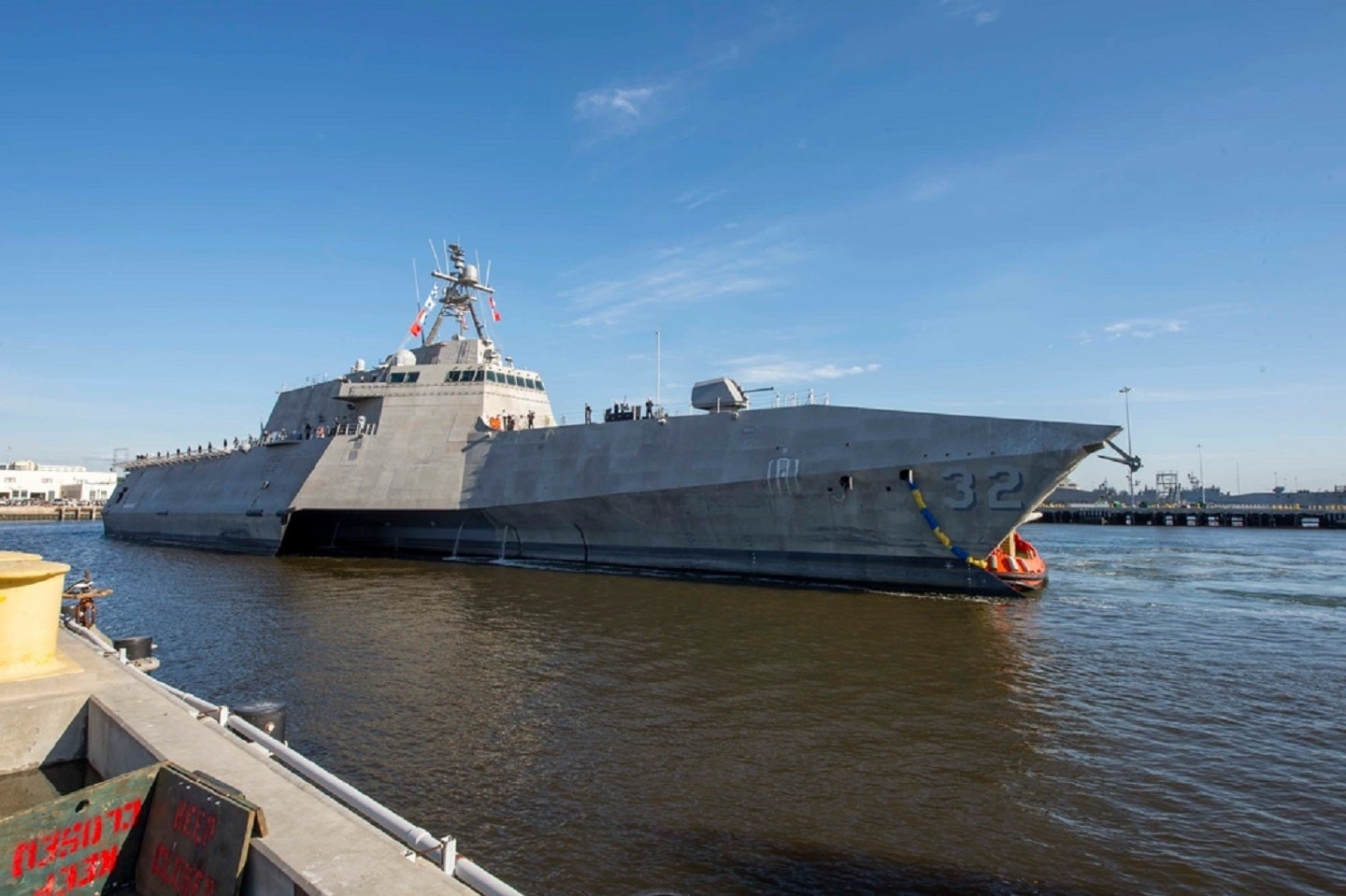
The US Navy has commissioned the future USS Santa Barbara (LCS 32) as the newest Independence- variant Littoral Combat Ship (LCS) during a ceremony on April 1, in Port Hueneme, California, near its namesake city.
“The city of Santa Barbara is rich in history, spanning hundreds of years of change and progress that make Santa Barbara an iconic location and a fitting name for LCS 32”, said Secretary of the Navy Carlos Del Toro.
“During the second World War, it was home to a Marine Corps Air Station and a Naval Reserve Center. Today, many Veterans and their families continue to call Santa Barbara ‘home’. Though our Navy and Marine Corps footprint is smaller than in decades past, the spirit of military service and connection with the city of Santa Barbara remains strong” Toro added.
Littoral Combat Ships are fast, optimally manned, mission-tailored surface combatants that operate in near-shore and open-ocean environments, winning against 21st-century coastal threats. LCS integrate with joint, combined, manned and unmanned teams to support forward-presence, maritime security, sea control and deterrence missions around the globe.
US Navy strategy
Since the President’s FY 2024 Budget (PB24) announcement on 13 March, the US Navy has ramped up its investment – by an extra $11.1bn or 4.5% from the FY 2023 budget – on research and development into its weapon systems.
Most recently, the US Department of Defense has seen more missile contracts since the PB24 as the US Navy now looks to its “weapons procurement, in this year’s request the department has made significant investment, over $2bn from last year’s enactment”.
This strategy commits the US Navy to a much greater capability to maintain its competitive edge over its superpower rival, the People’s Republic of China (PRC), as it consolidates the rules-based order in the Indo-Pacific, where the PRC are encroaching on autonomous territories.
The PRC are closely following the US with the production of their ships. Most recently the PRC launched two Type 052D destroyers (DDG) from its Dalian shipyard. Meanwhile, the US Navy has been jolted into producing more affordable vessels like LCS and frigates to meet its own force-structure goal of 355 ships, to supersede China’s ever-growing count.
However, the PB24’s strategy for weapon system development suggests a diverging path in which the US Navy must secure the firepower of these smaller, more affordable, and more quickly produced vessels like the newly commissioned USS Santa Barbara.







